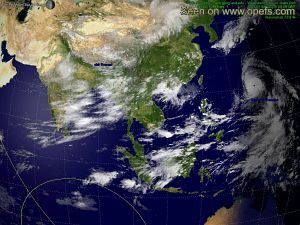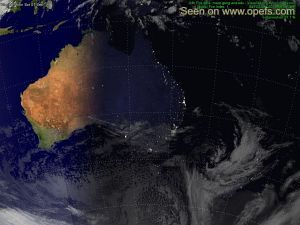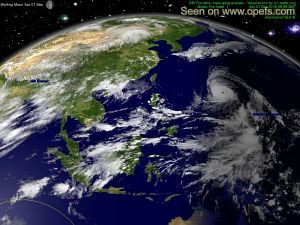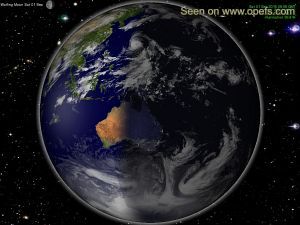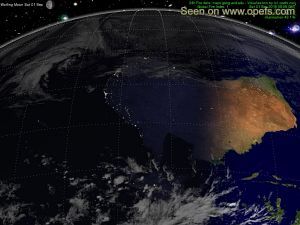|
The
continent of Asia is defined by subtracting Europe and Africa
from the great land mass of Africa-Eurasia.
The boundaries are vague,
especially between Asia and Europe: Asia and Africa meet somewhere
near the Suez Canal.
The boundary between Asia and Europe runs via the Dardanelles, the
Sea of Marmara, the Bosphorus, the Black Sea, the ridges of the
Caucasus (according to others, through the Kuma-Manych Depression),
the Caspian Sea, the Ural River (according to others, the Emba River)
and the Ural Mountains to Novaya Zemlya. About 60% of the world's
population live in Asia.
The
Commonwealth of Australia is the sixth largest country in
the world (geographically), the only one to occupy an entire continent,
and the largest in Australasia. Australia includes the island of
Tasmania, which is an Australian State. New Zealand is to the southeast;
and Indonesia, Papua New Guinea and East Timor to its north. The
name 'Australia' comes from the Latin phrase terra australis incognita
("unknown southern land", see Terra Australis). Traditionally Australia and New Zealand are known as "the Antipodes" in the UK and Ireland.
This
article is licensed under the GNU
Free Documentation License. It uses material from
the Wikipedia articles Asia
&
Australia.
"Our
Planet Earth From Space":
self-updating screensavers &
wallpapers
(For Windows 98/ME/2000/XP) The screensavers and wallpapers are
self-updating at the start and then every 20 minutes. The free
versions are sponsored through per-click advertising.
Screensavers
and wallpapers are kind on your valuable computer resources:
all Memory- and CPU intensive image-processing is done on the
servers of "Our Planet Earth From Space".
|
 This
work is licensed under a
Creative
Commons Attribution-NonCommercial-ShareAlike 2.0 Germany License.
This
work is licensed under a
Creative
Commons Attribution-NonCommercial-ShareAlike 2.0 Germany License.
